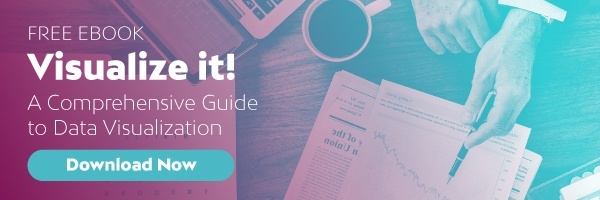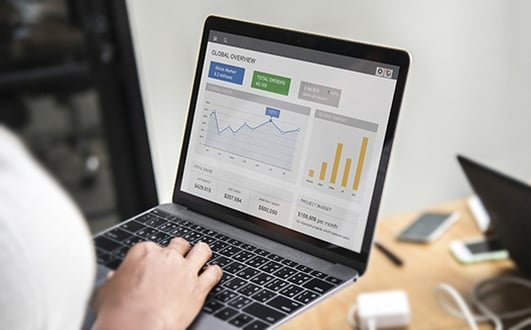![]() In the first post of this series, we evaluated three online tools for creating infographics. In that post, we noted that despite the abundance of tools available to researchers and business intelligence analysts, PowerPoint was still the most used for creating and presenting data visualizations. For years, researchers have been expected to ditch these types of over-simplified visualization tools (which aren’t particularly well suited for managing research data) in favor of other, more appropriate tools, like dashboards, interactive analysis, infographics, and web portals.
In the first post of this series, we evaluated three online tools for creating infographics. In that post, we noted that despite the abundance of tools available to researchers and business intelligence analysts, PowerPoint was still the most used for creating and presenting data visualizations. For years, researchers have been expected to ditch these types of over-simplified visualization tools (which aren’t particularly well suited for managing research data) in favor of other, more appropriate tools, like dashboards, interactive analysis, infographics, and web portals.
In order to help this transformation along, we're continuing our review of various data visualization platforms - this time, we've turned our attention to business intelligence platforms.
Business intelligence platforms
Among the integrated business intelligence environments, the tools that stand out for their data visualization and analysis features and capabilities are: Tableau, QlikSense, and Microsoft Power Bi. Although these providers lead the market in business intelligence, every business has to decide for itself which offering best suits its own needs. Let’s look at the pros and cons of each:
|
Tableau |
QlikSense |
Power Bi |
|
|
Visualization capabilities |
|
|
|
|
Advanced analytics capabilities |
|
|
|
|
Data management |
|
|
|
|
Limitations |
|
|
|
Of course, the tool that works best for you will depend heavily on your needs. Regardless, we hope this chart has given you some clarity and made it easier to find the most suitable tool. If you'd like to learn more about how to most effectively communicate your insights, you can now download our free guide on data visualization by clicking the link in the banner below.





